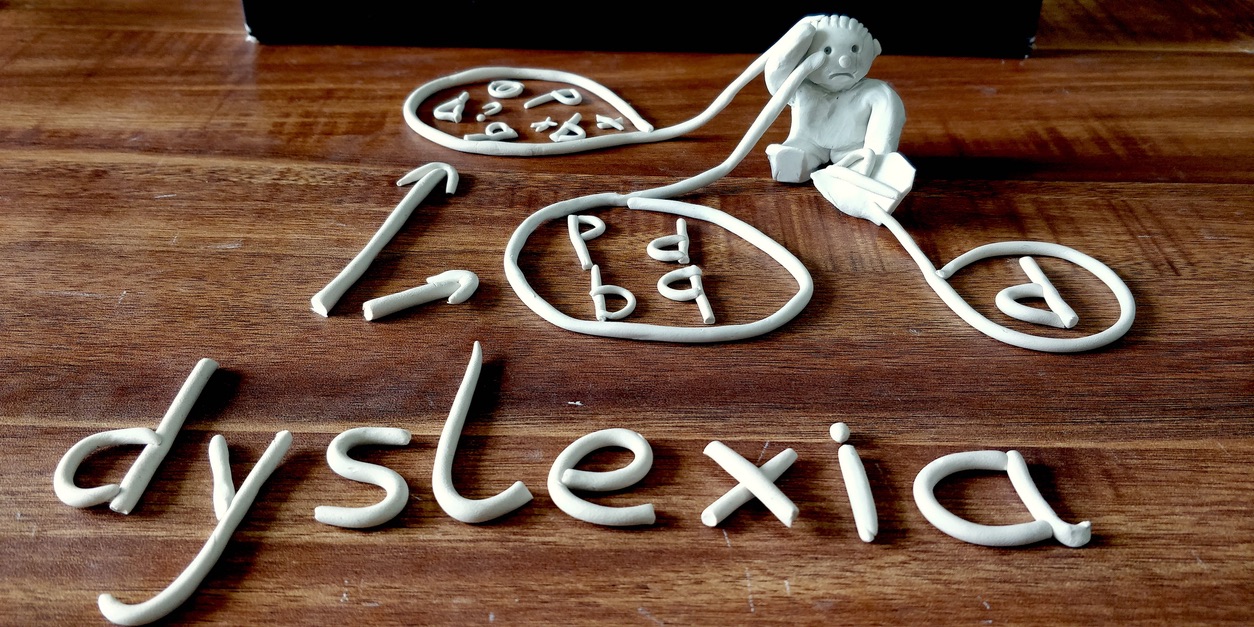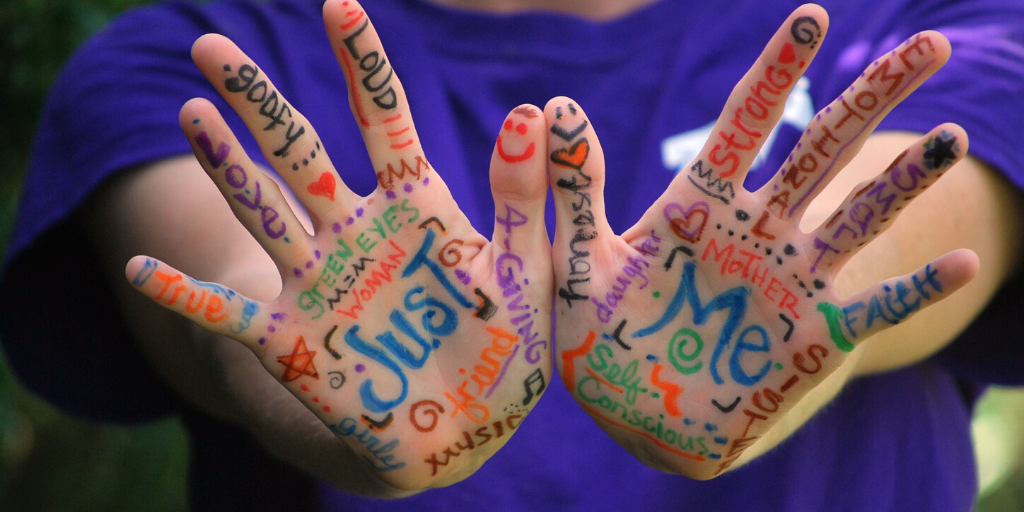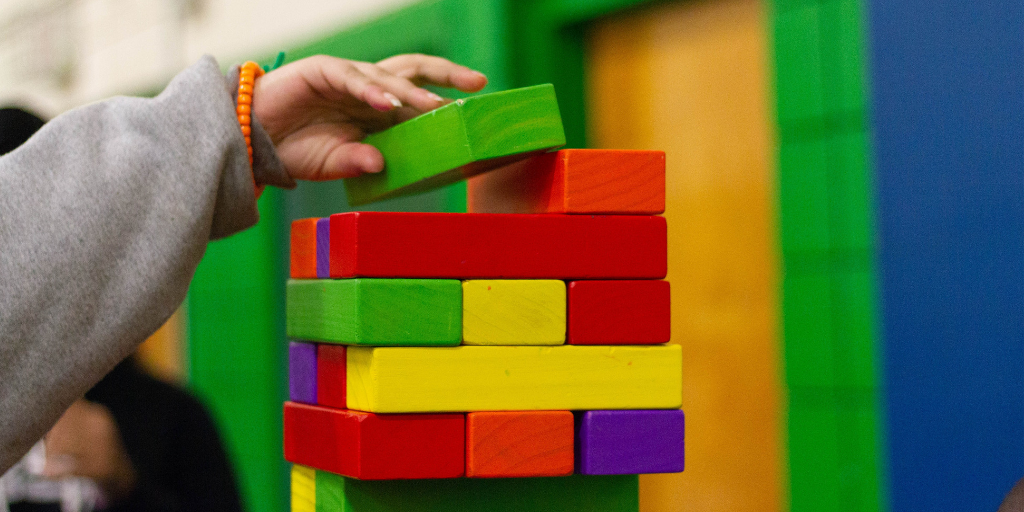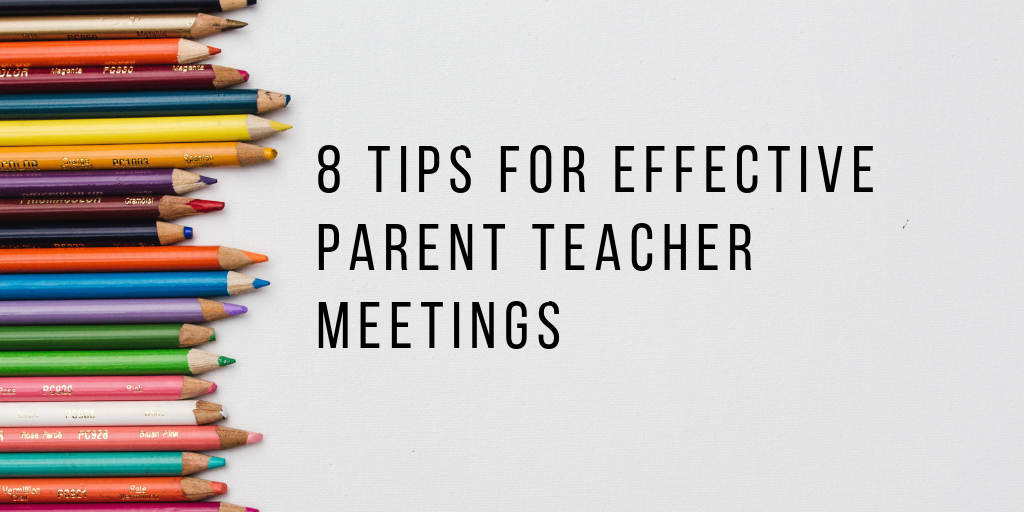Deepawali is one of the biggest festivals in India celebrated unanimously across the country. During this occasion, children are dressed up in new clothes, light lamps and burst firecrackers. Boys and girls in our hometown of Belgaum indulge in a very interesting activity during Deepawali- “Building Forts”. Yes! beautifully designed elaborate forts are built. This is a tradition followed from generations in remembrance of the great Indian warrior Chatrapati Shivaji Maharaj.
As a child, Shivaji is believed to have modelled forts in great detail. This tradition is continued by children across the states of Maharashtra, Gujrat and parts of Karnataka even today. It is such a welcoming change to witness children on the streets collecting building materials, planning and executing their respective forts. This scene set me thinking what a wonderful way to dwell into history in such a practical manner. What are children learning in this process?
1. The big plan:
Building a fort requires good planning skills: the fort takes several days to take shape and has to be ready on the day of Deepawali. Children generally start collecting pictures of different forts well before the actual execution. There are different types of forts: those that are built with water moats around the forts, others are built on mountains, some are built inside the forests while others are built in the deserts. Children first try and understand the significance of each type of structure before they decide and embark upon building their favourite one. In the process, they find out the history behind the fort and the stories of the heroes behind these structures. Can you imagine the amount of learning that is being processed by the children?
2. Design Thinking:
Executing the building process requires planning of the space, materials to be used, sourcing of the materials and delegating jobs to the team members. A lot of cooperation and coordination between the team members is required to successfully realise the design. The best part is that the materials required are generally not that expensive and can be sourced in the neighbourhood with contributions raised in the street. Children learn to make the best of the available resources. A well planned and executed fort has a green park in one corner (which is planted a week in advance), the water source for the moat and the light fittings all in place.
3. Executing the plan:
Planning out the space to hold all the features requires good spatial awareness as the forts are generally built in a fairly large space. The materials used are bricks, earth, gunny bags, seeds that sprout quickly (ragi, coriander), clay soldiers etc. The fort does not get built in a day’s time, children build, break it and build again till the entire structure is as planned and the children are satisfied. In the process they make mistakes and a great amount of learning in getting the design right, estimating the time to execute, strategizing, delegating the right jobs and making the best use of the resources.
4. The joy of outdoor play:
In today’s world of screens, children are losing touch with the outdoor world. Sadly, it is sometimes experienced within the four walls of the house. During the act of building children are learning a number of life skills which can be gained only through experience. Patience- how many children today have this? Turn-taking, teamwork, resource management are some of the soft skills children are learning. The most important is enjoying the process of mixing the mud with water, planting the seeds, watching them grow, placing the soldiers in strategic points and learning a lot about history that no classroom can teach.
Parents must encourage outdoor play, especially when they are at home! Schools do their part but outdoor play in the school in a controlled environment under the supervision of one or more adults. Outdoor play in the neighbourhood is mostly unsupervised and children get to test and build on their interpersonal skills independently. Skills, like creativity, socializing and working cooperatively in teams, cannot be taught without a team activity. Children have to acquire them by practising actively. So, here’s to the world of outdoor play!!










